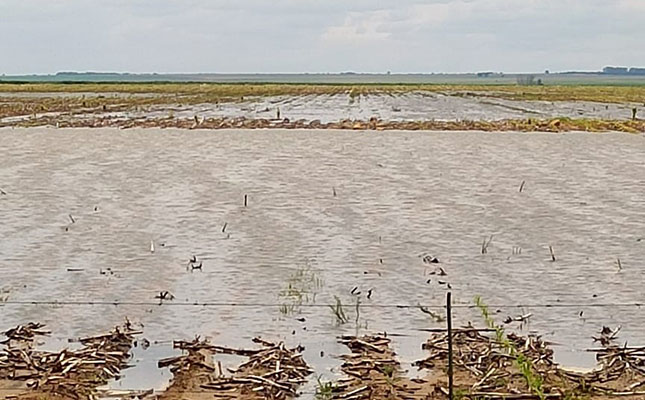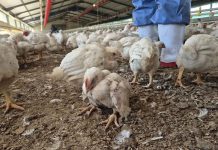
Photo: Annelie Coleman
The damage caused by excessive rain in virtually every part of the summer grain production area, and especially in the western Free State and North West, has destroyed vast tracks of grain fields, and thus it is necessary for government to declare a State of Disaster. This was according to Francois Strydom, chairperson of Agbiz.
“Indications are that the expected maize harvest in the traditional white maize-producing areas in the western part of the summer grain region will be up to 20% smaller than expected. However, the true state of affairs will only become clear over the next three months,” he told Farmers’ Weekly.
As such, Strydom said that Agbiz would lobby government to declare a State of Disaster for the worst affected areas. While South African producers were exceedingly good risk managers, in this case, the effects of the damage reached far beyond the parameters of normal risk management practices, he said.
According to Strydom, some producers in the western summer grain production region had recorded the highest rainfall in more than 100 years.
He said the sandy water-table soils in the area were saturated and the water thus remained on the land, causing severe damage to planted maize crops.
Because of these extreme conditions, wheat producers had also found it impossible to access their fields for harvesting. Wheat left standing had therefore deteriorated to fodder grade, which meant a R1 000/t to R1 500/t loss to farmers.
In the Wesselsbron, Bultfontein, Hoopstad and Bothaville districts, indications were that up to 60% of the maize crop was lost. It was also now too late for farmers to replant.
“In this case, the official declaration of a State of Disaster, followed by financial support and tax cuts, are of the utmost importance to make it possible for affected farmers to continue planting winter crops and summer crops in the next production season,” Strydom said.









